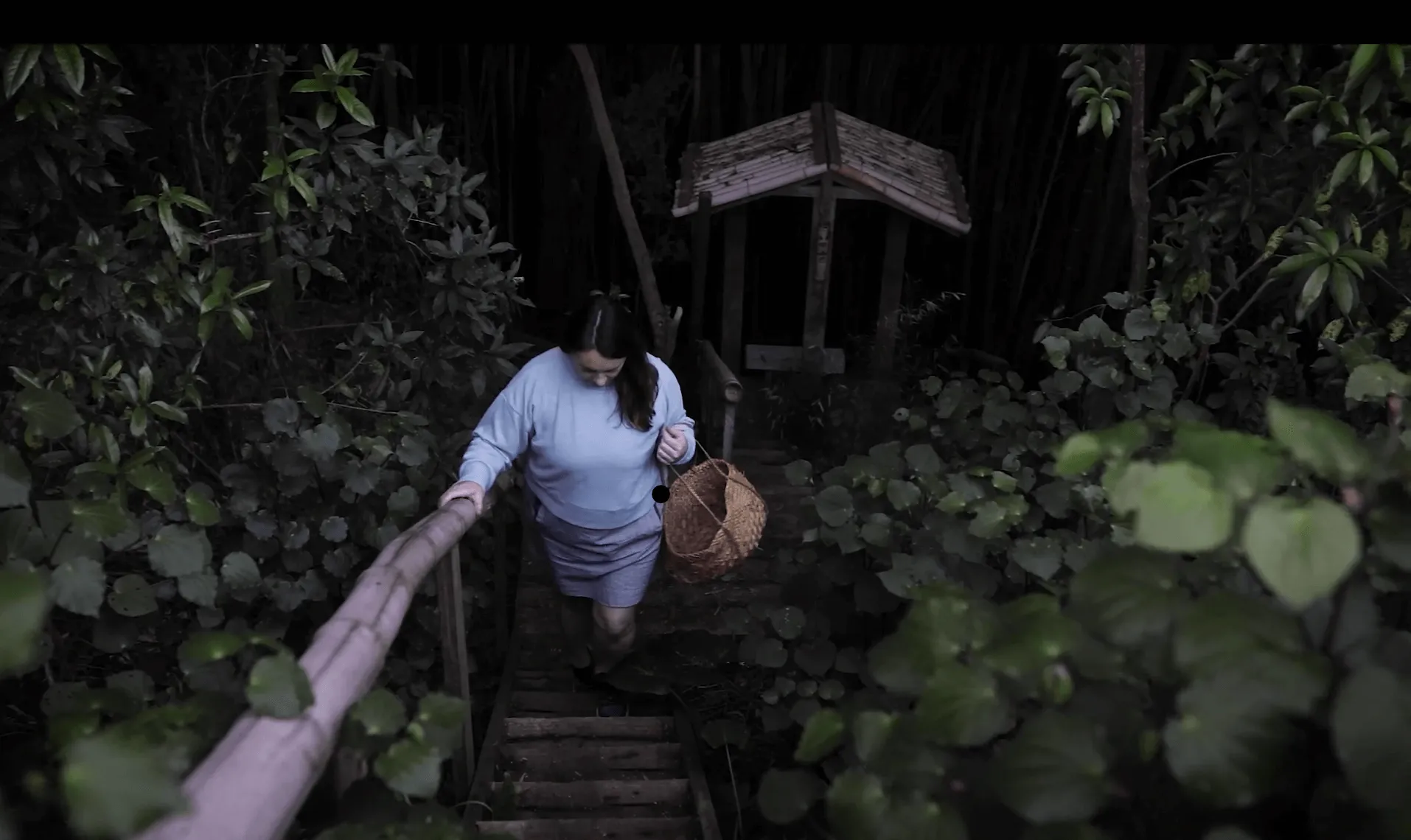
Katherine Mansfield
Internationally renowned writer Katherine Mansfield has been called one of the 20th century’s most fearless and funny writers. Her short stories, poetry, reviews, journals, and letters have been translated into more than 25 languages.

“The amount of minute and delicate joy I get out of watching people and things… is enormous. The detail of life, the life of life.”
Born Kathleen Mansfield Beauchamp on 14 October 1888, in Wellington, she was the third child of six born to Annie Dyer and Harold Beauchamp. Harold was part-owner of an import company, and an ambitious businessman who would go on to be knighted in 1923. They were members of the upper-middle class, and, although her parents were born in Australia, like many of that generation, they regarded England as ‘Home’.
When Kathleen was five the family moved to a large house in Karori called Chesney Wold, one of Wellington’s older houses, which she would describe as ‘a great old rambling house planted lonesomely in the midst of huge gardens, orchards, and paddocks’. It became the setting for three of her stories.
The young Kathleen was a prodigious reader and writer, and she won a prize at school for her essay ‘A Sea Voyage’. She also sent stories to a popular weekly woman’s magazine the New Zealand Graphic and Ladies Journal, contributing to Cousin Kate’s Children’s Pages. Her first known published letter was recently discovered in this journal.
In 1903, the Beauchamp family sailed to England, and Kathleen and two sisters attended Queen’s College in Harley Street, London for three years. She discovered many influential writers, including Oscar Wilde, Arthur Symonds, Ernest Dowson, and Henrik Ibsen. She also met her lifelong friend and lover, Ida Baker. She renamed Ida ‘Leslie Moore’ or ‘LM’.
The family returned to New Zealand in December 1906, but 18-year-old Kathleen was bored with doing the social rounds and pined for a life back in London where she could write.
‘The days of perpetual Society functions – the hours full of clothes discussions – the waste of life… The days, weeks, months, years of it all,’ she wrote in her notes.
However, there were aspects of New Zealand life that she did enjoy, including camping in the rugged Urewera region of the central North Island. She recorded her impressions in a journal and published a short story The Woman at the Store in 1912. She also chose her pen name: Katherine Mansfield.
In July 1908, on the back of some Australasian publication success, she sailed for London with permission from her father, and an annual allowance of £100. She reunited with LM and embarked on a bohemian lifestyle, enjoying relationships with men and women. She became pregnant to a close friend’s brother, married singing teacher George Bowden with LM as witness, but left him that evening. Her mother, Annie, travelled to England to separate Katherine from LM and took her to a spa at Bad Wörishofen in Bavaria, Germany, before returning to New Zealand, disowning her daughter.
Katherine spent six months in Germany and began work on a series of short stories that would become her first book, In a German Pension (1911). She was introduced to the works of Anton Chekov, who would go on to influence her writing – some critics accused her of plagiarising him in an early short story. She also suffered a miscarriage, took on a young male lover, and ran out of money. It was LM who organised the funds for Katherine to go back to London.
In December 1911, she met John Middleton Murry, a student at Oxford and editor of the journal Rhythm. He moved in as a lodger, but became her lover, and they married seven years later once her divorce from her first marriage was finalised. Their relationship was somewhat unconventional; they were known as ‘The Two Tigers’ by their friends, and while they were deeply committed to each other, they often separated and lived apart. They regularly corresponded, and Katherine used notebooks and writing pads to collect her thoughts, feelings, observations, and ideas.
Her younger brother Leslie Beauchamp came to visit her in London in 1915 and was killed in Belgium in October. A grief-stricken Katherine fled to the south of France, where she rewrote her short story The Aloe (1915). This was published by Virginia and Leonard Woolf as Prelude (1918) and was hailed as her first significant literary achievement. Katherine and John were considered ‘outsiders’ by the Bloomsbury literary set. She wrote in 1919 that she was treated as “the little Colonial walking into the London garden patch – allowed to look, perhaps, but not to linger.”
She called them the Blooms Berries, and showed no fear in taking them on with mocking wit and humour that made them laugh. Leonard Woolf said “I don’t think anyone has ever made me laugh more than she did in those days.” She was a friend and a rival of Virginia Woolf, who famously said, “I was jealous of her writing. The only writing I have ever been jealous of.”
Both enjoyed finding another woman who was focused and dedicated to writing. Katherine was diagnosed with tuberculosis in 1917 and sought out warmer climates where she hoped to recover. Worried that staying in a sanatorium would cut off her ability to write, she went to Bandol, France, where she published Je ne parle pas Français and Bliss. She suffered a lung haemorrhage in early 1918, and this focused her mind. She was in a race against time to write:
“how unbearable it would be to die – leave, ‘scraps’, ‘bits’… nothing really finished.”
Katherine died at Avon-Fontainebleu on 9 January 1923. She was 34.
Acknowledged as one of the world’s leading modernist writers, Katherine’s small body of work – three collections of stories published during her lifetime, and two posthumously – helped redefine the genre of the short story. She brought ordinary moments into focus and tried to capture her delight in being alive.
“The amount of minute and delicate joy I get out of watching people and things… is simply enormous. The detail of life, the life of life.”
Explore the Legacy Project
.jpg)
Explore the Legacy Project
.jpg)
Explore the Legacy Project
.jpg)


.jpg)


